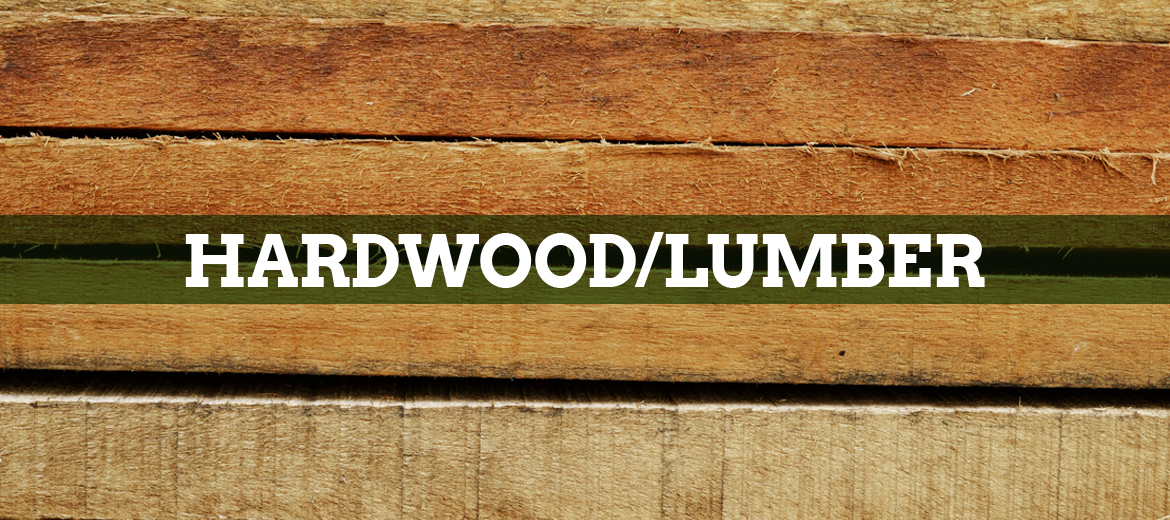
Botanical Name
Tilia americana
Other Common Names
American Basswood, Lime, Linden, Carolina Basswood, White Basswood
Region
Central Quebec, Southeast Manitoba, Northeastern America
Country
Ontario, Europe, Northeastern United States
The Tree
Basswood may grow up to heights of 120 feet with a diameter of almost 5 feet. The bark is initially dark green and shiny, developing to a grayish color with deep furrows.
Appearance
The sapwood is white to cream, while the heartwood is pale to reddish brown, with darker streaks and not clearly defined. The wood is soft and light, with a fine even texture.Knots and other defects are uncommon.
Properties
Basswood is rated as slightly or non-resistant to heartwood decay.
Working Properties
American basswood being very soft and light makes it easy to work with. It is one of the most suitable wood species for hand carving. The wood is moderate in gluingand good for holding paint/printing inks. It does have poor steam bending and nail holding characteristics.
Uses
Furniture stocks, caskets, mobile homes, toys, sporting goods, and musical instrument (electric guitar bodies).
Availability
The lumber is widely available as lumber or carving blanks.Prices are in the lower range for hardwood, although larger carving blocks are more expensive.